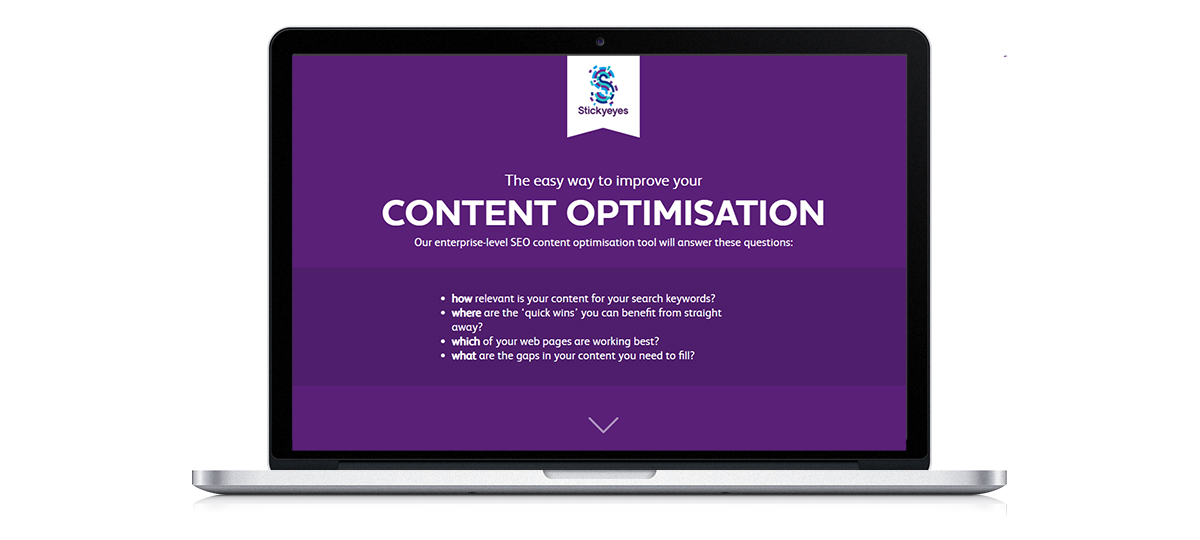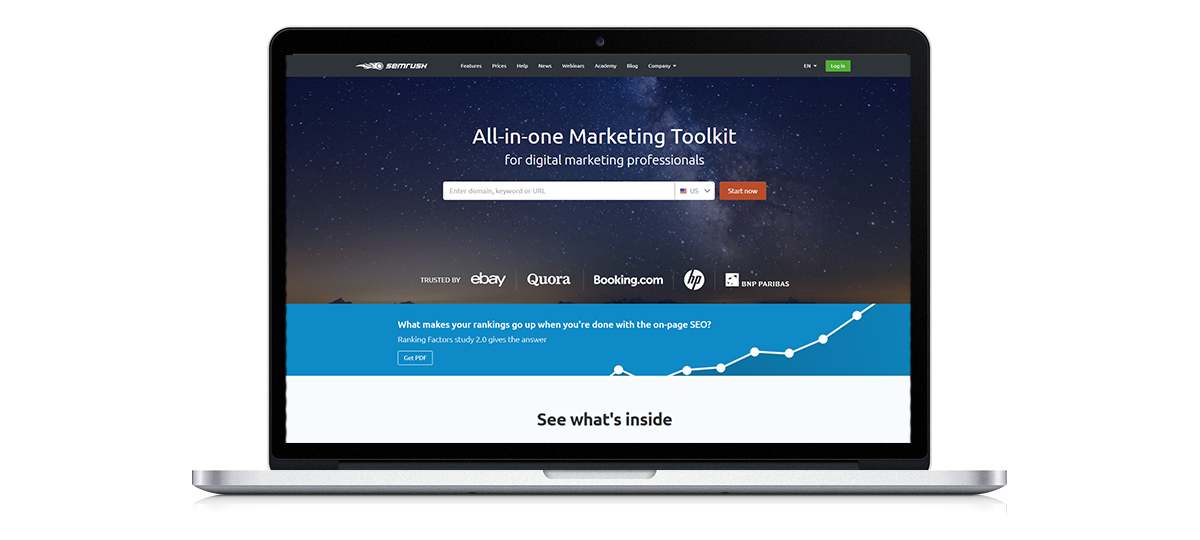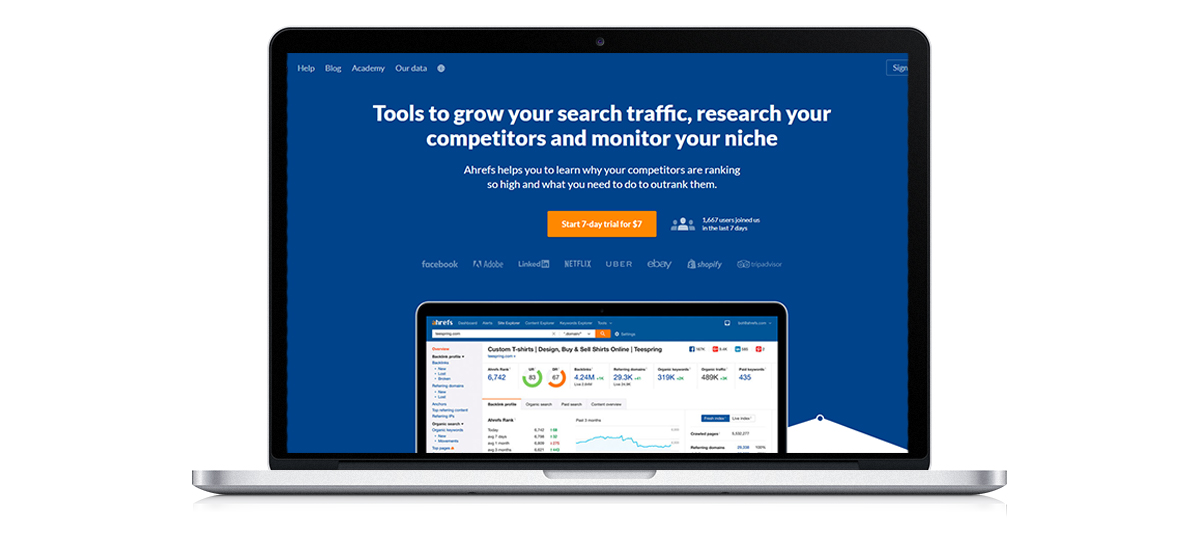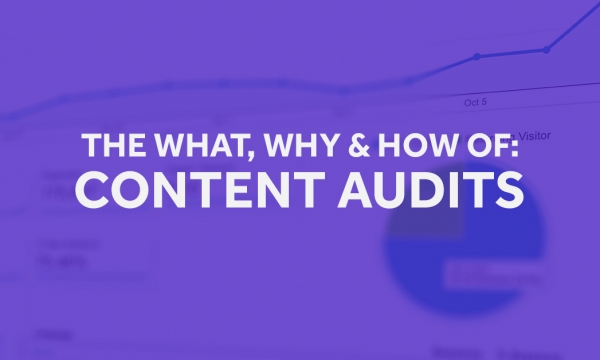Putting your company’s content under the microscope and discovering how it’s performing against your KPIs is crucial. Here are the top tools to use.
The concept of content has been around for hundreds of years, but it’s only during the last decade that marketers have fully grasped its true potential in the digital realm. Content is a key ingredient in any successful online strategy – and thanks to Google’s EAT update, it plays an even more important role in search.
Creating sparkling content that hooks your audience, demonstrates your business’ expertise and establishes your relevancy is only the first step, though. Once you’ve pushed a piece live, the job isn’t over. Spending time analysing content performance is an important part of the content cycle, one that’s all too often overlooked.
What you’re going to measure in terms of performance should be governed by your content strategy and what you’re trying to achieve. With your direction clearly laid out on paper, you should have a set of killer KPIs in mind to guide you through the analysis process. Measurements you might consider reviewing include:
- Page views – unique and return
- Average time on page
- Bounce rate
- Traffic
- Keyword rankings
- Backlinks
- Social engagement
Put your content under the microscope and it’ll reveal key insights, help determine the success of your strategy and inform the next phase of content you create. Here are some of the best tools to use while analysing the performance of your company’s content
Google Analytics
Best for: Traffic, behaviour and audience data

Tech titan Google has developed its own analytics software and it’s one of the best and easiest tools to use when analysing content. It’s free to sign up for and provides a wide range of data and insights to help you make smart content choices in the future. A paid version, Analytics 360, is also available for larger businesses, with advanced report settings and additional features such as Ad Manager integration.
At first glance, the dashboard can be overwhelming due to the volume of data available. However, there are several key areas to pay particular attention to when specifically reviewing content:
- Audience: Dig down into this data and discover who’s really consuming your content – is it the audience you intended it for? Drill down and you can take a look at key demographics, such as age, gender and location, along with other useful bits of information such as the devices your audience use to consume your content and their key interests.
- Acquisition: How do visitors arrive at your content? This section of Google Analytics reveals all. The tool breaks down the data by channel, such as paid search, organic search and social, so you can get a good idea of what’s working best for your site. Click on the ‘source/medium’ tab of this section and it provides a deeper level of detail around acquisition, allowing you to see specific sources, such as Google organic search and Bing organic search.
- Behaviour: Most important of all, this section provides key data around individual pieces of content, as well as content categories. The ‘all pages’ dropdown allows you to delve into the page views, bounce rate and average time on page of each piece, along with plenty of other measurements.
Stickyeyes Content Optimisation Tool
Best for: Relevancy

Leverage game-changing relevancy insights with SCOT – the Stickyeyes Content Optimisation Tool. Developed by our in-house technical team, this savvy piece of software can accurately quantify on-page relevancy across massive keyword sets and large-scale sites.
SCOT assesses the following to create an overall score:
- Page titles
- Meta descriptions
- H1 and H2 tags
- URLs
- Body copy
- Site architecture
Leverage SCOT’s power and you can easily identify weaknesses and opportunities to unlock huge quick wins through your content. Not only that, you can also benchmark relevancy and performance against key rivals in your space.
SEMrush
Best for: Social engagement data

Tap into your social engagement statistics via SEMrush. This software covers a wide spectrum of metrics, but is best for discovering how people are engaging socially with your content.
Use the ‘social media tracker’ to set up a project and the reporting function will help you see how your content performs across all your individual social channels. SEMrush allows you to split the results out by engagement type, such as views, shares and likes, and you can also discover which hashtags are working wonders and which aren’t.
The best bit - not only does this tool tell you all about your own social performance, it spills the beans on your rivals, too. Benchmark your statistics against your key competitors and start putting together a plan of attack.
Ahrefs
Best for: Ranking and backlinks data

On a mission to snatch Google’s number one spot from your closest rival? Ahrefs is the best way to discover if your content is helping you achieve that objective.
Pop your content’s URL into the search function. This will provide you with a top level page detailing the URL rating (a metric used to measure the authority and strength of a single page), as well as backlink information. Helpful graphs chart the performance of referring domains and pages, while a list on the right-hand side displays your website’s URL rating distribution with a score out of 100. The higher the score, the more valuable it is.
However, the real value is found in the ‘organic keywords’ tab on the left-hand panel. In here, you’ll find a list of the keywords your content is ranking for by country, as well as the all-important positions. Helpfully, it also tells you the previous position, usually from last month, for each keyword so you can see if you’re moving in the right direction.
Unlock the power of analysis when you use these market-leading tools to discover how your content is performing. Whether weekly, monthly or quarterly, set aside some time to complete this crucial task and you’ll be able make more informed strategic choices and squeeze further value from your content to deliver maximum ROI.


